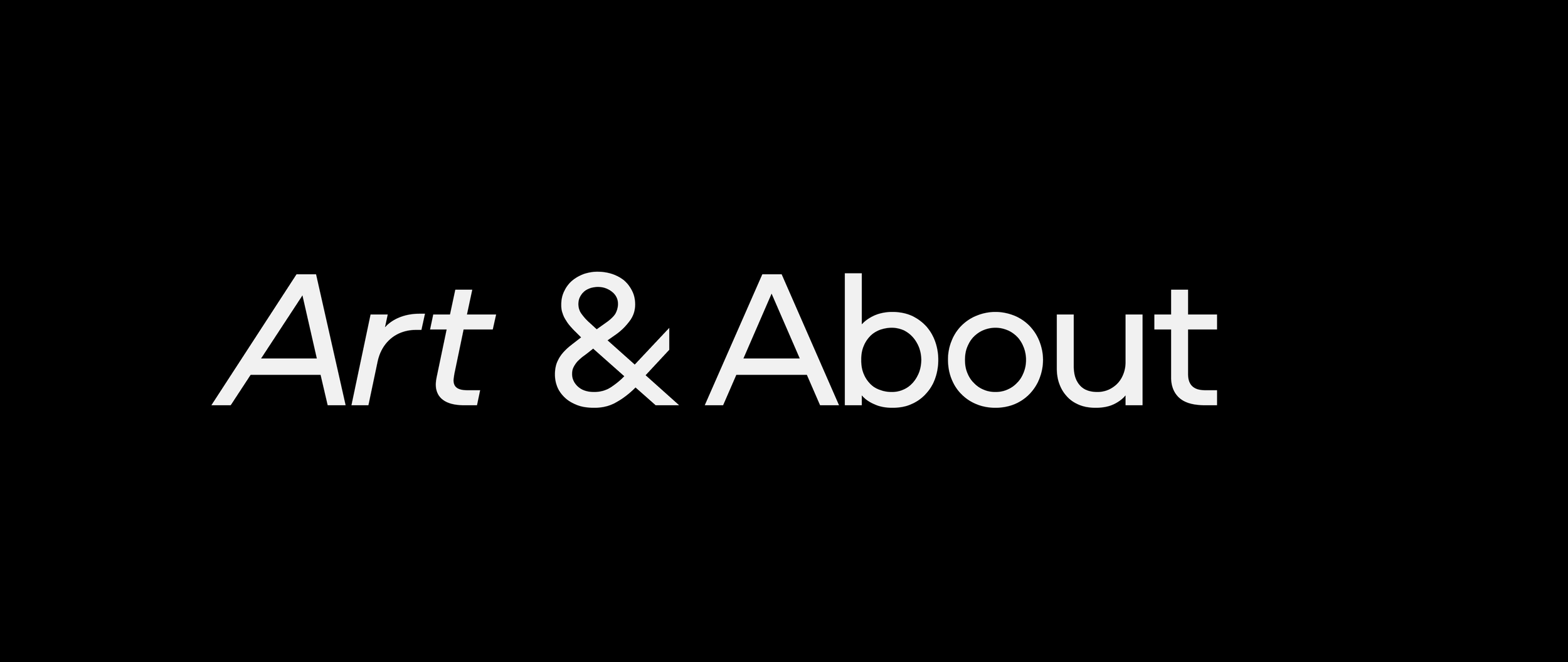Mia Habib, “All - a physical poem of protest”
By ASHLEY GIFFORD
On a late Saturday afternoon, Portland Institute of Contemporary Art’s mainstage was filling in anticipation for the second installation of Mia Habib’s, “ALL - a physical poem of protest” for TBA19. Performers for this iteration were comprised of local artists and organizers and facilitated in collaboration with visiting artists Shantelle Courvoisier Jackon and Tommy Noonan.
As the room grew to capacity, the collective audience hummed and mediated on the show's intriguing message, as did we... “‘ALL - a physical poem of protest’ investigates the individual and shared agency of choreography in social political and artistic spaces.” An in a more physical context, “the protesting body the human mass and its force through meditative action of walking and running in circles.”
Contextually speaking, we knew the show had been performed internationally and in a number of different venues, including varying socio-political climates. Some of these places included; Olso, Bordeaux, Tel Aviv, and recently the United States debut in New York City, and furthermore now at the annual Time-Based Art Festival in Portland, OR. Thinking of the show in the framework of these cities left us wondering how Portland then might be uniquely reflected in the performance.
For those who live in Portland, it’s hard not to have been touched by the protests and clashes that have played out on our streets. Though the Antifa and Proud Boys tend to draw a lot of media attention, so too have peaceful movements and protests all over the city - a city that has historically sought to take action, foster a sense of acceptance, and come together as one through civic participation.
“All” was no different in that it brought together performance, performers, and audience members to take up space, and engage for three hours. At the Pioneer place performance that took place last Friday, performers were clothed and strangers were able to join in. Though at the main stage performance, all performers were nude. In “ALL,” Habib states that participants are typically nude, but that the nudity is only one aspect of the performance.
Nudity is both personal and universal, and occupies this ‘space’ in different ways that aren’t always just physical - but does it take up more space? There are so many aspects of the performance that make it both repetitive and meditative, and the nudity certainly amplifies this. You notice all our similarities, yet all of our differences. The synchronicity of everyone’s movement together is not robotic, but soft and nuanced. The room is quiet, and stage lights illuminate the group, subtly, the footsteps of a large group occupies the space and moment in time. This is the score. It evolves throughout the performer's footsteps, their breathing, and later their humming, and yelling.
You anticipate the pattern as your eyes glide over the group, and then hone in on an individual, only to be replaced by another with the swift circular motion of each person. Refocus. Shift. The next move, the next step the next turn.
The lights were almost off by the time anyone has noticed that they were being dimmed. The low light couples with the beating of bare footsteps lulling viewers into a meditative state, then slowly the light went off. Now watching bodies move around in the absence of light, except for the early evening light peeking through the garage doors in the space, one’s focus shifted to the shadows.
This performance was successful in bringing attention to our own collective capabilities and how simply moving together can create change, energy, and synergy - even as an audience member. The repetitive motion of watching people walk, run, interlock, and brace themselves against each other, as well as stand-in silence - it’s easy to get caught up in it and emotionally invested. All in all, this festival and performance engages, entertains and challenges viewers to introspectively rethink what it means to protest.
